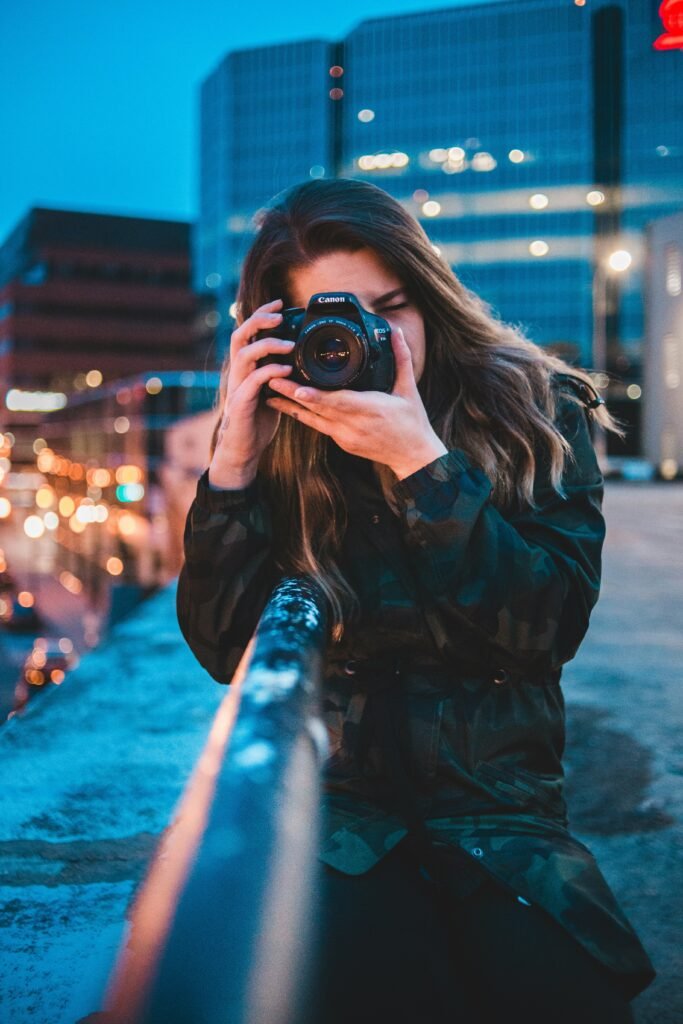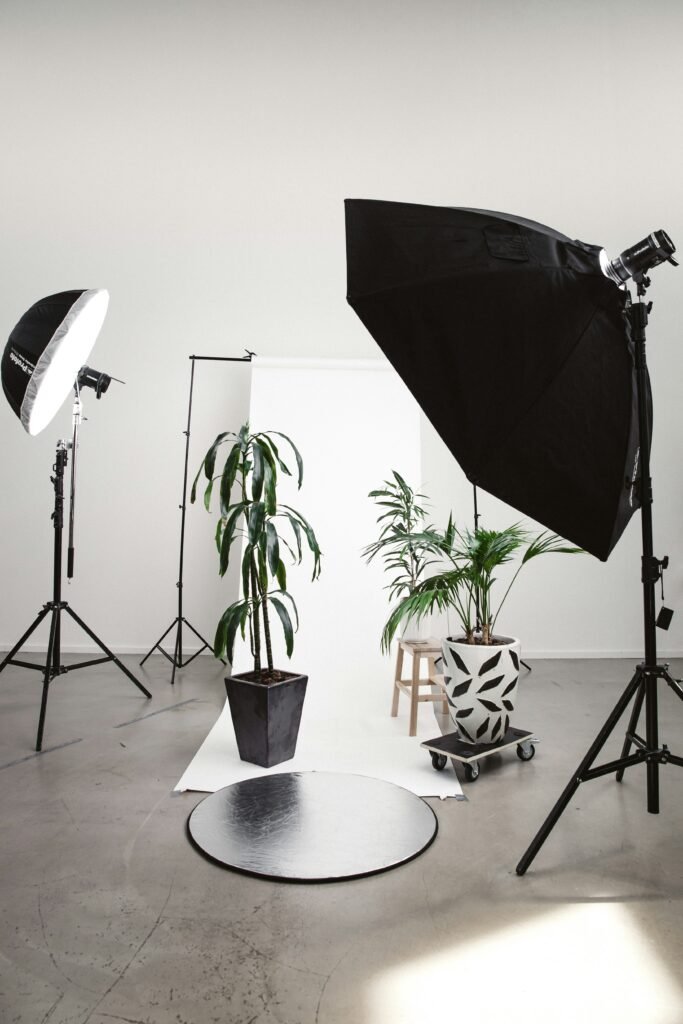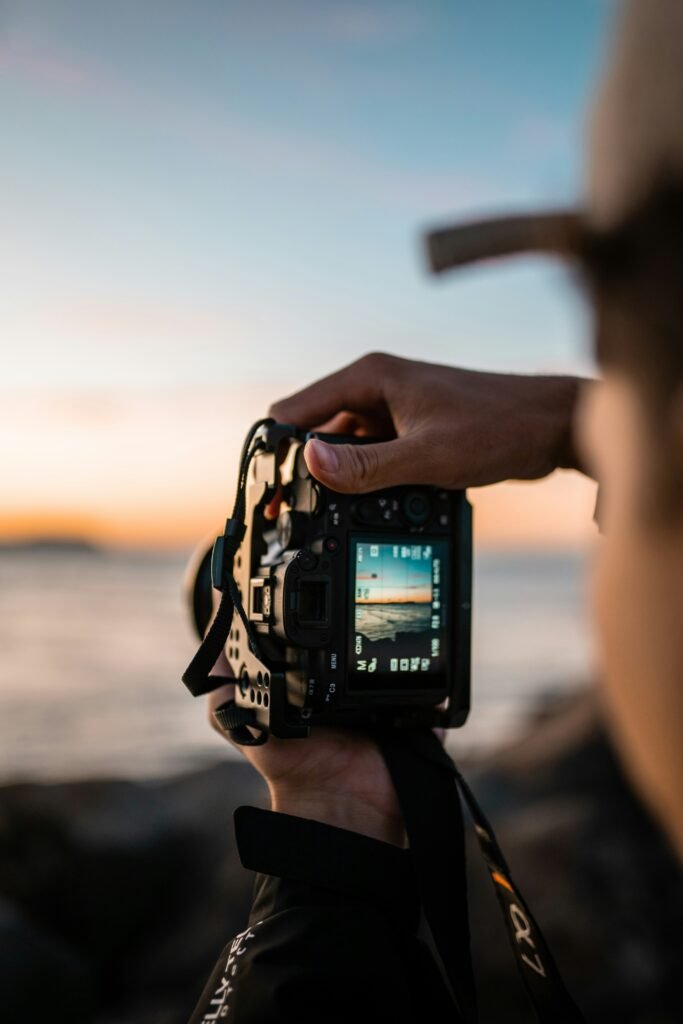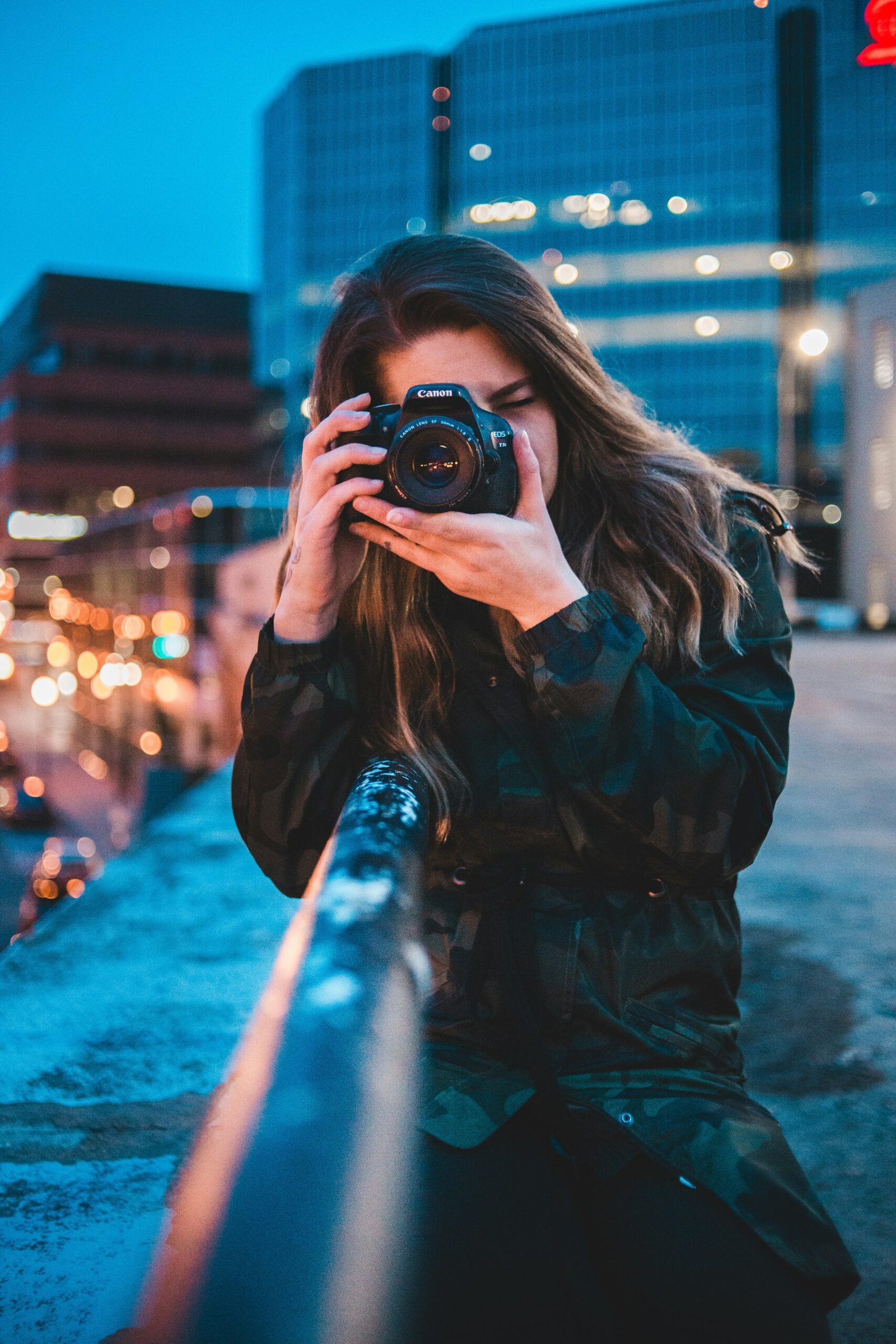If you’re looking to up your photography game with just your trusty iPhone in hand, this article is here to show you how. With a few simple tips and tricks, you’ll be capturing stunning photos that will make you the envy of your friends. We’ll cover everything from composition to lighting, ensuring that you have all the tools you need to take your iPhone photography to the next level. So grab your iPhone, open up the camera app, and let’s get started on your journey to capturing picture-perfect moments.

Understanding the Basics of iPhone Photography
Knowing your iPhone camera features
To capture incredible photos with your iPhone, it is essential to know and understand the features of your iPhone camera. Familiarize yourself with the various shooting modes, such as Photo, Video, Portrait, and Panorama. Additionally, explore the different camera settings that allow you to adjust exposure, focus, and other important aspects of your photos.
Understanding exposure
Exposure plays a crucial role in photography, and understanding how it works can greatly improve your iPhone photography skills. Mastering exposure allows you to control the brightness and darkness of your images. Experiment with adjusting the exposure level manually to achieve the desired effect in your photos.
Mastering focus and composition
Focus and composition are key factors in creating visually appealing and captivating photos. Your iPhone camera has the ability to autofocus on a specific subject or area. Experiment with tapping on different parts of the screen to change the focus point. Additionally, pay attention to the composition of your photos by considering the position, placement, and arrangement of elements within the frame.
Utilizing the rule of thirds
The rule of thirds is a fundamental principle in photography. Imagine breaking an image into thirds both horizontally and vertically, creating nine equal parts. The intersection points of these imaginary lines are the ideal placement for your subject. By placing key elements along these intersections or along the lines themselves, you can achieve a more balanced and visually appealing composition.
Optimizing Camera Settings
Adjusting brightness and exposure
To ensure well-exposed photos, it’s important to adjust the brightness and exposure settings on your iPhone camera. By tapping on the screen while in the camera app, you can manually adjust the exposure level. Experiment with different exposure settings to find the perfect balance for your photos.
Using HDR mode
HDR (High Dynamic Range) mode is a useful feature that helps you capture photos with better lighting, particularly in high-contrast scenes. When HDR mode is enabled, your iPhone captures multiple images at different exposure levels and combines them to create a well-balanced final photo. This can be especially helpful in situations where the sky is much brighter than the foreground or when capturing landscapes with varying light levels.
Enabling gridlines for better composition
A helpful feature available on your iPhone camera is the gridlines. These lines divide the frame into thirds, both horizontally and vertically, helping you adhere to the rule of thirds and achieve a more visually appealing composition. Enable the gridlines in your camera settings to assist with framing your shots and creating balanced compositions.
Utilizing Portrait mode for depth-effect photos
If you have an iPhone model that supports Portrait mode, take advantage of this feature to create stunning depth-effect photos. Portrait mode uses the dual-camera system to create a blurred background, also known as bokeh, while keeping the subject in sharp focus. Experiment with Portrait mode in various lighting conditions to capture impressive portraits with a professional-looking depth-of-field effect.

Lighting Techniques for Better Photos
Taking advantage of natural light
When it comes to photography, natural light is your best friend. Make use of soft, diffused light during the golden hours, which are the hours shortly after sunrise and before sunset. This gentle, warm light enhances your subjects and reduces harsh shadows. Avoid shooting in harsh midday sunlight, as it can create unflattering shadows and wash out colors.
Avoiding harsh shadows
Harsh shadows can be distracting and take away from the overall quality of your photos. To avoid this, pay attention to the direction and intensity of the light source. If the sun is directly above or behind your subject, it can create unappealing shadows. Try positioning your subject to face the light source or use reflectors to fill in shadows and create a more balanced lighting situation.
Using diffused lighting for softer tones
Diffused lighting refers to light that is scattered or softened, resulting in a gentle and flattering illumination of your subject. One way to achieve diffused lighting is by shooting on overcast days when the clouds act as natural diffusers. Another method is to use a diffuser or sheer fabric to soften the sunlight falling on your subject. Diffused lighting helps create softer tones and smoother transitions between light and shadow.
Utilizing the flash effectively
The iPhone flash can be a handy tool in low-light situations. However, it’s important to use it sparingly and effectively to avoid harsh lighting and unflattering results. Consider using the flash in situations where it’s necessary to fill in shadows or to highlight specific details. Experiment with bouncing the flash off nearby surfaces or using external flash accessories to achieve more pleasing lighting effects.
Composition Tips to Enhance Your Photos
Utilizing leading lines
Leading lines are elements within a photo that guide the viewer’s eyes toward a particular focal point or subject. They can be literal, such as a road or a river, or implied, such as lines created by the arrangement of objects. By incorporating leading lines into your compositions, you can create a sense of depth and visual interest in your photos.
Creating depth and perspective
To make your photos more captivating, aim to create depth and perspective within the frame. One way to achieve this is by incorporating foreground, middle ground, and background elements into your composition. This helps create a sense of scale and immerses the viewer in the scene, making your photos more engaging.
Using symmetry and patterns
Symmetry and patterns can add a sense of balance, harmony, and visual interest to your photos. Look for symmetrical elements in your surroundings, such as buildings, bridges, or reflections, and use them as the main focal point. Additionally, capturing repetitive patterns, whether natural or man-made, can create visually striking and mesmerizing images.
Exploring different angles and perspectives
Don’t be afraid to get creative with your angles and perspectives when taking photos with your iPhone. Experiment with shooting from low angles, high angles, or even unconventional angles. Changing your perspective can reveal unique and unexpected compositions, giving your photos a fresh and interesting look.

Mastering Portrait Photography
Choosing the right background
When capturing portraits on your iPhone, the background plays a significant role in enhancing the overall image. Choose a background that complements your subject and doesn’t distract from them. Look for simple, uncluttered backgrounds that provide a pleasing contrast or complement the colors of your subject. Experiment with different settings to find the perfect backdrop for your portraits.
Positioning your subject strategically
Carefully positioning your subject within the frame can make a drastic difference in the composition and impact of your portraits. Consider the rule of thirds and place your subject slightly off-center for a more dynamic composition. Experiment with different angles and perspectives to highlight your subject’s best features and capture their personality.
Using Portrait Lighting effects
If your iPhone supports Portrait Lighting effects, take advantage of this feature to add professional-looking lighting to your portraits. Experiment with various lighting effects, such as Natural Light, Studio Light, or Contour Light, to create different moods and enhance your subject’s features. Adjust the intensity of the lighting effects to achieve the desired look for your portraits.
Perfecting facial expressions and poses
Capturing authentic and compelling facial expressions and poses is essential in portrait photography. Communicate with your subject and guide them to express different emotions or strike poses that flatter their features. Encourage them to relax and be themselves in front of the camera, as genuine expressions and natural poses often result in the most captivating portraits.
Capturing Stunning Landscapes
Selecting captivating viewpoints
Choosing the right viewpoints can make a tremendous impact on your landscape photos. Explore different angles and perspectives to find unique viewpoints that offer a fresh and captivating look at the scenery. Consider climbing to higher vantage points, kneeling down for low angles, or finding interesting frames within the landscape to make your photos stand out.
Enhancing foreground and background
To create depth and visual interest in your landscape photos, pay attention to both the foreground and background elements. Incorporate elements in the foreground to add a sense of scale and lead the viewer’s eye into the frame. Additionally, ensure that the background complements the overall composition and enhances the main focal point or subject of the landscape.
Utilizing the HDR feature for well-balanced exposures
The HDR feature on your iPhone can be particularly useful in landscape photography, as it helps balance the exposure between the sky and the foreground. When capturing scenes with a wide dynamic range, such as a bright sky and dark foreground, enable HDR mode to capture multiple images at different exposures. This will result in a final photo with balanced lighting and more details in both the highlights and shadows.
Experimenting with long exposure shots
Long exposure photography can create stunning effects, particularly when capturing landscapes. Using a tripod or stabilizing your iPhone on a stable surface, set your camera app to the long exposure mode and experiment with capturing flowing water, moving clouds, or other elements in motion. This technique can add a sense of movement and serenity to your landscape photos.
Macro and Close-up Photography
Using the macro lens attachment
For detailed and up-close shots, consider using a macro lens attachment specifically designed for your iPhone. The macro lens allows you to focus on intricate details and capture small subjects with incredible clarity. Experiment with different lighting and angles to highlight the textures and patterns within your macro subjects.
Focusing on intricate details
Macro and close-up photography excel at capturing intricate details that may often go unnoticed. Take the time to explore your surroundings and find interesting subjects with captivating details. Whether it’s a flower petal, an insect, or any small object, focus on highlighting the intricate details to create visually striking and fascinating images.
Achieving shallow depth of field
Shallow depth of field refers to a photo where the subject is in sharp focus while the background appears blurred. This effect draws attention to the main subject and creates a sense of depth in your images. Experiment with getting close to your subject, using a wide aperture, and focusing precisely to achieve a pleasing shallow depth of field in your macro and close-up photos.
Exploring textures and patterns
Macro photography allows you to explore the fascinating world of textures and patterns up close. Look for subjects with interesting surfaces, such as tree bark, flower petals, or even everyday objects. Capture the intricate details and unique patterns to create visually captivating and textured images.
Editing and Enhancing Photos
Using built-in editing tools
Your iPhone offers a range of built-in editing tools that allow you to enhance your photos directly within the Photos app. Features such as cropping, adjusting exposure, contrast, saturation, and applying filters are readily available. Experiment with these tools to fine-tune your photos and achieve the desired look.
Adjusting exposure, contrast, and saturation
To further enhance the visual impact of your photos, consider adjusting the exposure, contrast, and saturation levels during the editing process. Tweaking these parameters can help bring out details, create a more vibrant look, or achieve a specific mood. Be mindful not to overdo the adjustments and strive for a natural and balanced final result.
Cropping and straightening images
Cropping and straightening can significantly improve the composition and overall aesthetic of your photos. Crop unnecessary elements to focus on the main subject or to create a more pleasing aspect ratio. Straighten any skewed horizons or tilted frames to ensure your photos maintain a professional and polished look.
Applying filters and effects tastefully
Filters and effects can be fun to experiment with, but it’s important to use them tastefully and sparingly. Your iPhone provides a variety of filters that can modify the overall mood and style of your photo. Apply filters that enhance the colors or tones in your image, but be careful not to overuse them, as it may result in an unnatural or artificial appearance.
Exploring Third-Party Camera Apps
Discovering feature-rich camera apps
While the native camera app on your iPhone is capable of capturing excellent photos, there are many third-party camera apps available that offer additional features and advanced controls. Explore popular camera apps such as ProCamera, Halide, or Camera+ 2 to unlock a wider range of capabilities, including manual controls, RAW capture, and more.
Exploring manual controls
Third-party camera apps often provide manual controls, allowing you to have more control over settings such as exposure, shutter speed, ISO, and focus. Experimenting with manual controls can give you greater creative freedom and help you achieve the desired look for your photos. Familiarize yourself with these controls by reading the app’s user guide or experimenting with different settings.
Utilizing advanced editing options
In addition to manual controls, third-party camera apps often offer advanced editing options within the app itself. These options may include more sophisticated adjustment tools, filters, and effects, as well as the ability to work with RAW files. Explore these editing options to fine-tune your photos directly within the camera app itself, saving you time and eliminating the need for additional editing apps.
Experimenting with specialized photography apps
Beyond camera apps with manual controls and editing options, there are specialized photography apps that cater to specific genres or techniques. These apps can enhance your iPhone photography experience by providing unique features and effects. For example, apps like Slow Shutter Cam can help you capture long exposure shots, while apps like Prisma offer artistic filters and effects. Explore these specialized apps to expand your creative possibilities.
Tips for Better iPhone Photography
Keeping your iPhone lens clean
One simple yet essential tip to remember is to keep your iPhone lens clean. Over time, the lens can accumulate smudges, fingerprints, or dust particles that can affect the clarity and quality of your photos. Use a microfiber cloth or a lens cleaning solution specifically designed for smartphones to clean your lens regularly.
Utilizing burst mode for action shots
When capturing fast-moving subjects or action shots, burst mode can be your best friend. By holding down the shutter button or volume up button, your iPhone captures a rapid series of photos in quick succession. This allows you to select the best frame from the sequence or create dynamic compositions from multiple shots.
Using the self-timer for shake-free photos
To avoid any camera shake or blurriness caused by pressing the shutter button, utilize the self-timer feature on your iPhone. Set a short delay of a few seconds and stabilize your iPhone on a tripod or stable surface. This ensures shake-free photos, especially in low-light situations or when shooting at slow shutter speeds.
Experimenting with different perspectives and angles
Don’t be afraid to think outside the box and experiment with different perspectives and angles when photographing with your iPhone. Get down low, climb higher, or change your point of view to capture unique and eye-catching compositions. By exploring different perspectives, you can create more interesting and memorable photos.
By following these tips and mastering the basics of iPhone photography, you can take your mobile photography to new heights. Remember to practice, explore, and most importantly, have fun capturing incredible moments with your iPhone camera. Happy shooting!








